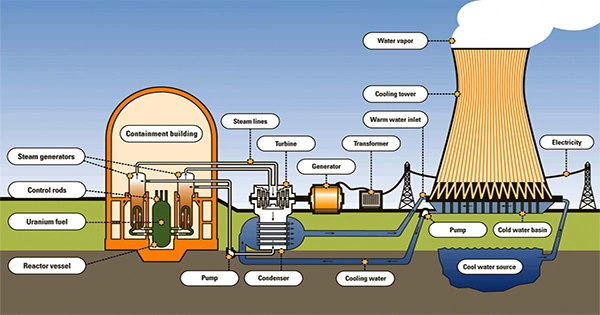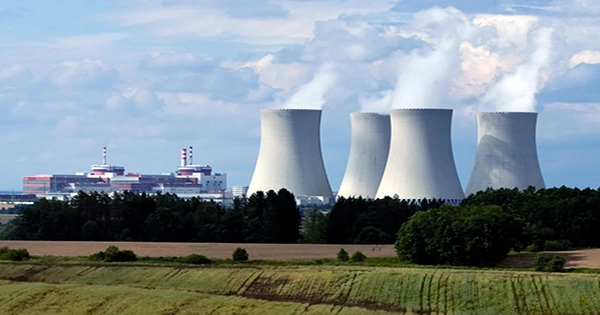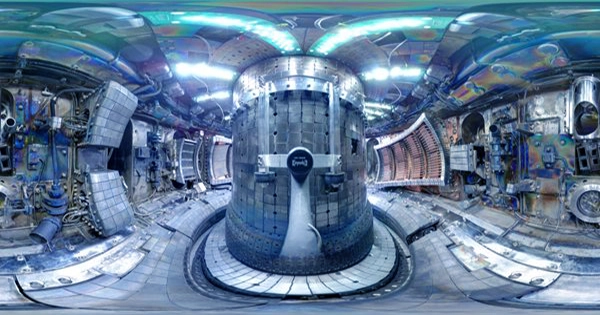According to a new assessment by the US Nuclear Regulatory Commission, nuclear power reactors in the United States may contain counterfeit parts, posing major threats to plant operations and safety (NRC). After complaints of “counterfeit, fraudulent, and suspect items (CFSI)” in “most, if not all, of US nuclear sites,” the investigation was launched.
CFSIs are parts that either copy a product without passing the necessary regulations, are purposefully designed to deceive, or simply do not fulfill the specifications of a valid part. Following an investigation into four distinct plants in four different locations, it was discovered that some of them had CFSIs, which were the result of lax NRC regulations and oversight.

Safety concerns remain at the center of the opposition’s argument as nuclear power gains traction as one of the most feasible alternatives to fossil fuels for large-scale energy generation. With claims of widespread CFSI use in nuclear reactors, as well as 100 occurrences involving counterfeit parts reported last year, studies like this are critical in preventing future nuclear disasters.
Some facilities were found to be employing CFSIs in their major running gear, with one NRC principal claiming that a counterfeit emergency water supply pump shaft was detected after it snapped after a short life. Then it was discovered that monitoring devices in a different plant, which monitored 15 different regions of the nuclear plant, had been repaired using defective parts that failed prematurely. The study then goes into detail regarding the absence of supervision into the licenses of operational elements, which is maybe even more damaging. It states that only parts that produce a major problem are tracked.
The counterfeit part is investigated in these cases, but there is limited tracking in parts that may fail in the future. As a result of this tracking, the NRC estimates are likely underrepresenting the number of CFSIs in nuclear reactors across the United States, some of which may pose significant safety problems. It also emphasizes that, while the analysis confirms at least some of the NRC’s safety concerns, it only looks at a small portion of the many CFSI red flags raised in previous years. The NRC, however, argues in a statement to the Verge that “nothing in the report implies an immediate safety risk,” according to NRC Public Affairs Officer Scott Burnell.















